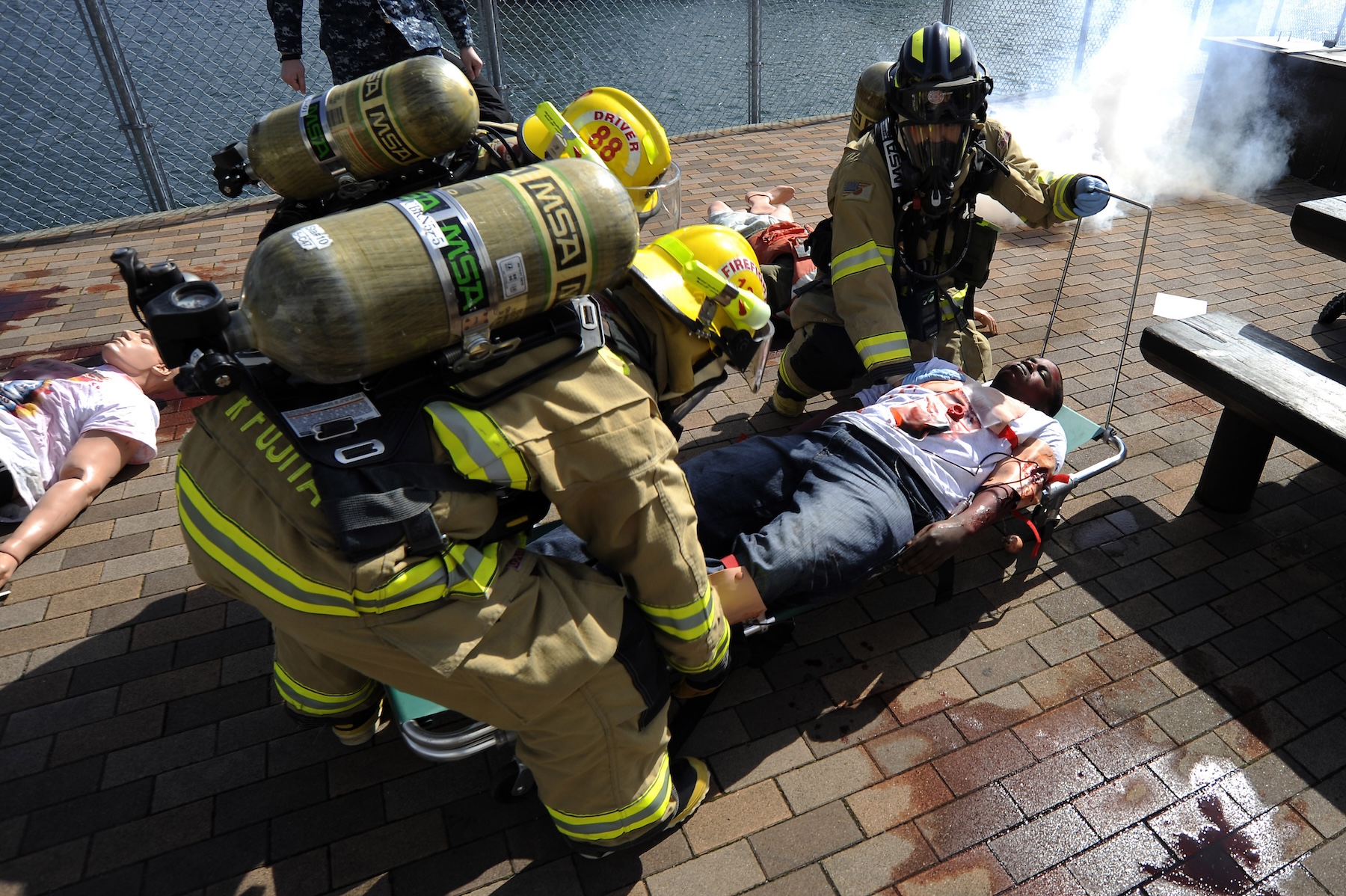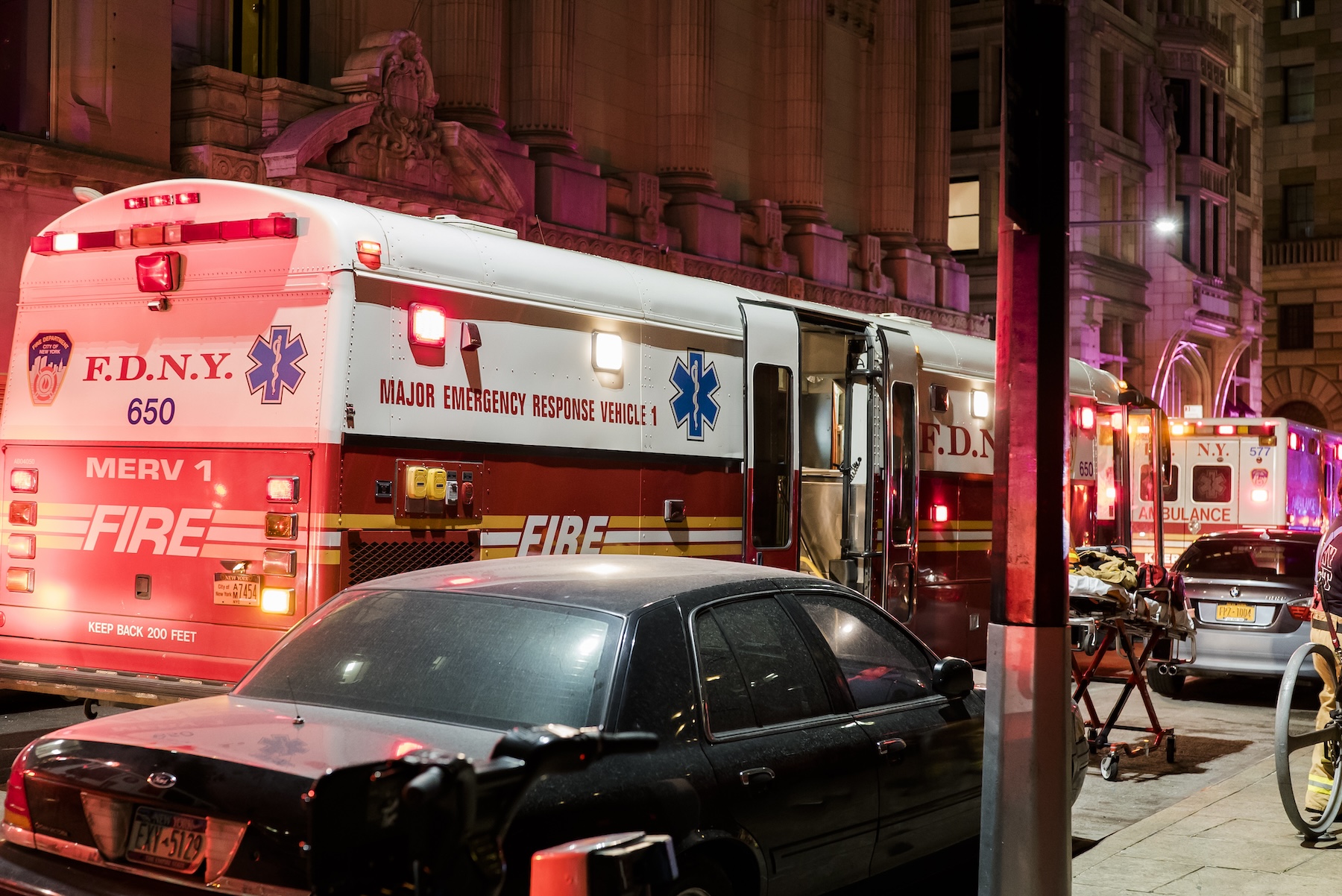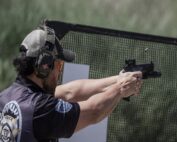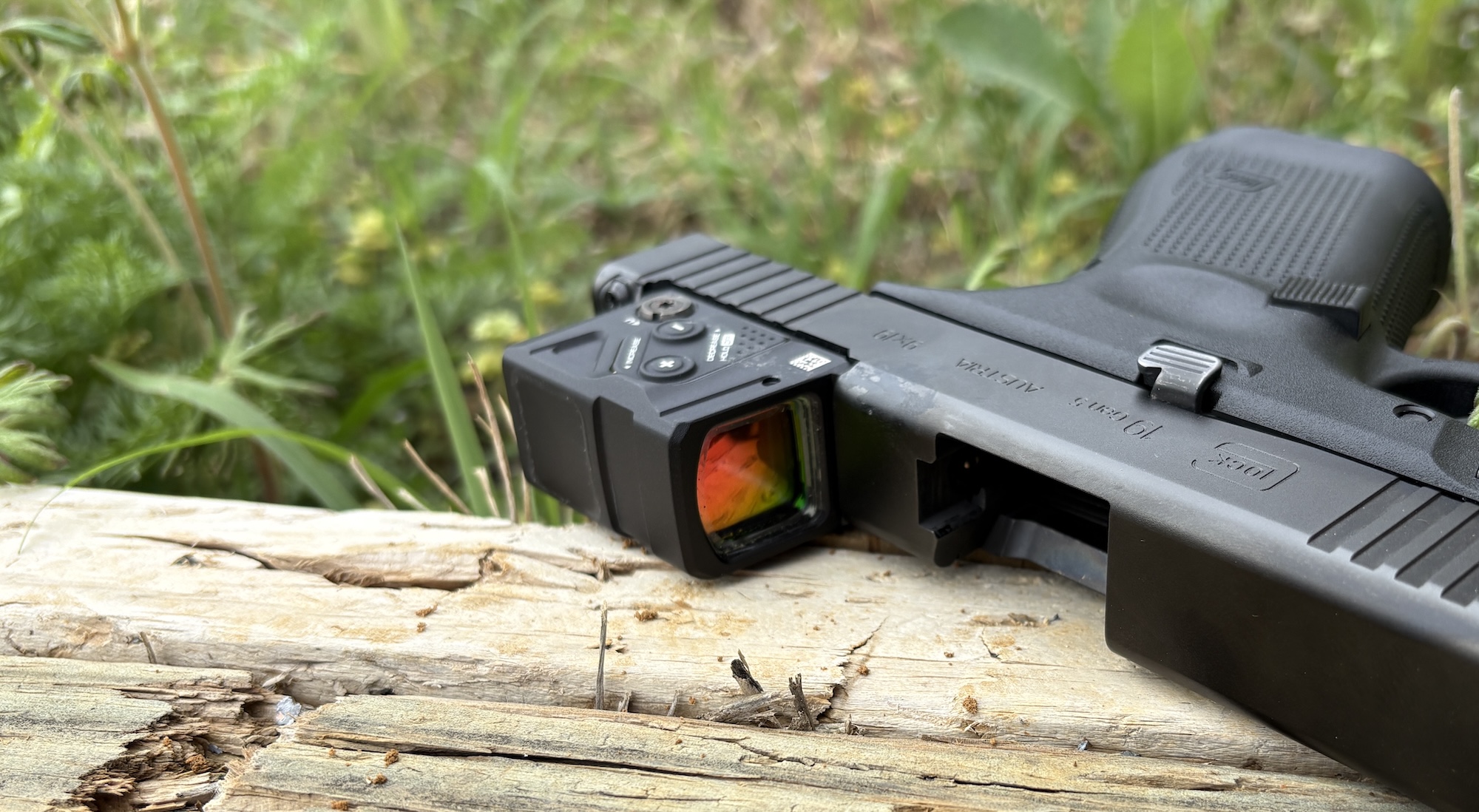
1st_Boston_Marathon_blast
Spectators helping victims soon after the Boston Marathon terrorist attack on 15 April 2023. Mass casualty incidents are unpredictable events that can result in a large number of injured (PC -Aaron Tang / CC BY 2.0 DEED).
Mass casualty incidents (MCIs) are unpredictable events that can result in a large number of injured or ill individuals, overwhelming the capacity of local healthcare systems. In such situations, first responders play a crucial role in assessing the severity of injuries and determining the order in which patients should receive medical attention. This process, known as triage, is a critical skill for first responders.
Triage is essential for managing multiple casualty events. It prioritizes treatment by using available resources as efficiently as possible. It ensures that care is focused on those casualties most likely to benefit from the limited resources available. Some patients may arrive at the hospital without having been assessed or triaged at the scene. Therefore, MCI response requires efficiency and coordination.
SALT Triage Guideline
While several triage systems exist to assist providers in making rapid decisions during such events, there is limited scientific evidence validating any specific system. Additionally, the lack of consistency across jurisdictions within the United States further complicates the application of mass casualty triage.
To address these challenges, the Centers for Disease Control and Prevention (CDC) sponsored a working group to develop a standardized triage method. The result is the SALT (Sort, Assess, Life-saving Interventions, Treatment/Transport) triage guideline. SALT integrates elements from various existing triage systems, creating a comprehensive framework for mass casualty triage nationwide. It aligns with the Model Uniform Core Criteria for Mass Casualty Triage, which is currently proposed as the national standard for all such systems.
First responders use SALT to rapidly classify casualties and determine their treatment priorities.
The Components

Mass casualty triage skills are crucial skills that allow first responders to efficiently and effectively prioritize care. Here, Navy firefighters move a victim during a training exercise (PC – Mass Communication Specialist 1st Class Richard Doolin, US Navy).
1. Sort: Initial sorting of victims based on their immediate needs. This step helps identify those who require immediate attention.
2. Assess: A thorough assessment of each victim’s condition. It involves evaluating vital signs, injuries, and overall severity.
3. Lifesaving Interventions: Victims with critical injuries receive immediate life-saving measures. These interventions aim to stabilize the patient and prevent further deterioration.
4. Treatment/Transport: Victims are categorized into different groups:
· Immediate: Those needing urgent medical attention.
· Delayed: Injuries are serious but not immediately life-threatening.
· Minimal: Minor injuries that can wait for treatment.
· Expectant: Victims with severe injuries who are unlikely to survive despite intervention.
Advantages of SALT:

Ambulance buses are often used to respond to mass casualty incidents to help transport the large amount of victims. Photo by Billie Grace Ward / CC BY 2.0 DEED.
- Standardization: SALT provides a consistent framework for first responders, ensuring uniformity in assessments and decision-making.
- Accuracy: By eliminating the confusion of traditional “black” and “red” categories, SALT improves accuracy in prioritizing victims.
- Nationwide Adoption: SALT has already gained widespread acceptance, making it easier for emergency personnel to collaborate during large-scale incidents.
SALT triage plays a crucial role in efficiently managing mass casualty incidents, ensuring that resources are allocated effectively to save lives.
Practical Application

During an active shooter exercise on Eglin AFB, these SWAT team members are guarding a door. Once they have secured enough of the area, the rescue task force can begin triaging the wounded (Photo by Samuel King Jr., USAF)
Let’s break down how SALT is applied in practice:
1. Global Sorting:
· First, request any patients who can walk* to move to a designated area. This clears space for accessing more critical patients.
· Next, ask the remaining patients to wave or make purposeful movements.
· Those who did not make purposeful movements are assessed first, as they have the highest likelihood of life-threatening injuries.
· Patients who were able to make purposeful movements but unable to walk are assessed next, followed by those who were able to walk.
2. Individual Assessment:
During individual assessments, responders perform lifesaving interventions if necessary and within their scope of practice. These interventions include:
· Controlling major hemorrhage
· Opening the airway (and providing rescue breaths to children, if necessary)
· Chest decompression
· Administering auto-injector antidotes
Responders evaluate the following criteria for each patient:
· Breathing: Is the patient breathing? This helps separate those who are already deceased from those who are not.
· Mental status: Can the patient follow simple commands? Altered mental status may indicate a head injury or other condition.
· Peripheral pulse: Assess for the presence of a peripheral pulse. The absence of a pulse may indicate poor perfusion due to blood loss.
· Likelihood of survival given current resources: This assessment considers available resources at the scene and may change over time.
· Respiratory distress: Respiratory distress following a traumatic injury can be a sign of a life-threatening condition.
3. Triage Tags:
Based on the assessment, patients are categorized into the following groups:
· Expectant: All of those who are deceased or not expected to survive due to severe injuries.
· Immediate: Victims with severe injuries requiring immediate treatment.
· Delayed: People with potentially severe injuries, but treatment can be delayed for a few hours.
· Minor: Any one with minor injuries not requiring immediate treatment.
Training
Adequate training and preparation of medical first responders (MFRs) are essential for optimal performance in highly demanding situations like disasters5. The training needs to be as effective as possible because precise and effective behavior of MFRs under stress is central to ensuring patients’ survival and recovery.
Training methods used to prepare MFRs for disasters vary. They include traditional methods such as lectures and real-life scenario training, as well as technology-based methods like computer-based learning and educational videos. While all methods demonstrated effectiveness, the literature indicates that technology-based methods often lead to similar or greater training outcomes than traditional training.

An emergency department physician evaluating a simulated victim during an exercise at NAS Pensacola (PC – Master Sgt. James M. Bowman, USAF).
SALT triage training is available from the National Disaster Life Support Foundation (NDLSF). The NDLSF is a 501 (c)3 not-for-profit foundation that oversees a series of educational programs that are designed to better prepare healthcare professionals and emergency response personnel for mass casualty events.
,
Summary
Mass casualty triage skills are of utmost importance for first responders. These skills allow first responders to efficiently and effectively prioritize care during MCIs, ensuring that the most critically injured or ill individuals receive care first. As such, first responders must receive comprehensive and effective training in mass casualty triage skills to ensure they are prepared for these challenging situations.

Wounded arriving at triage station, Suippes, France from a sanitary train. During World War I, the practice of triage emerged as a crucial method for managing the sick and wounded on the battlefield. Otis Historical Archives National Museum of Health & Medicine / CC BY 2.0 DEED.
The SALT triage guideline provides a unified approach, combining the best available science and consensus opinion, to enhance the effectiveness and consistency of mass casualty triage across the United States.


 (No Ratings Yet)
(No Ratings Yet)












